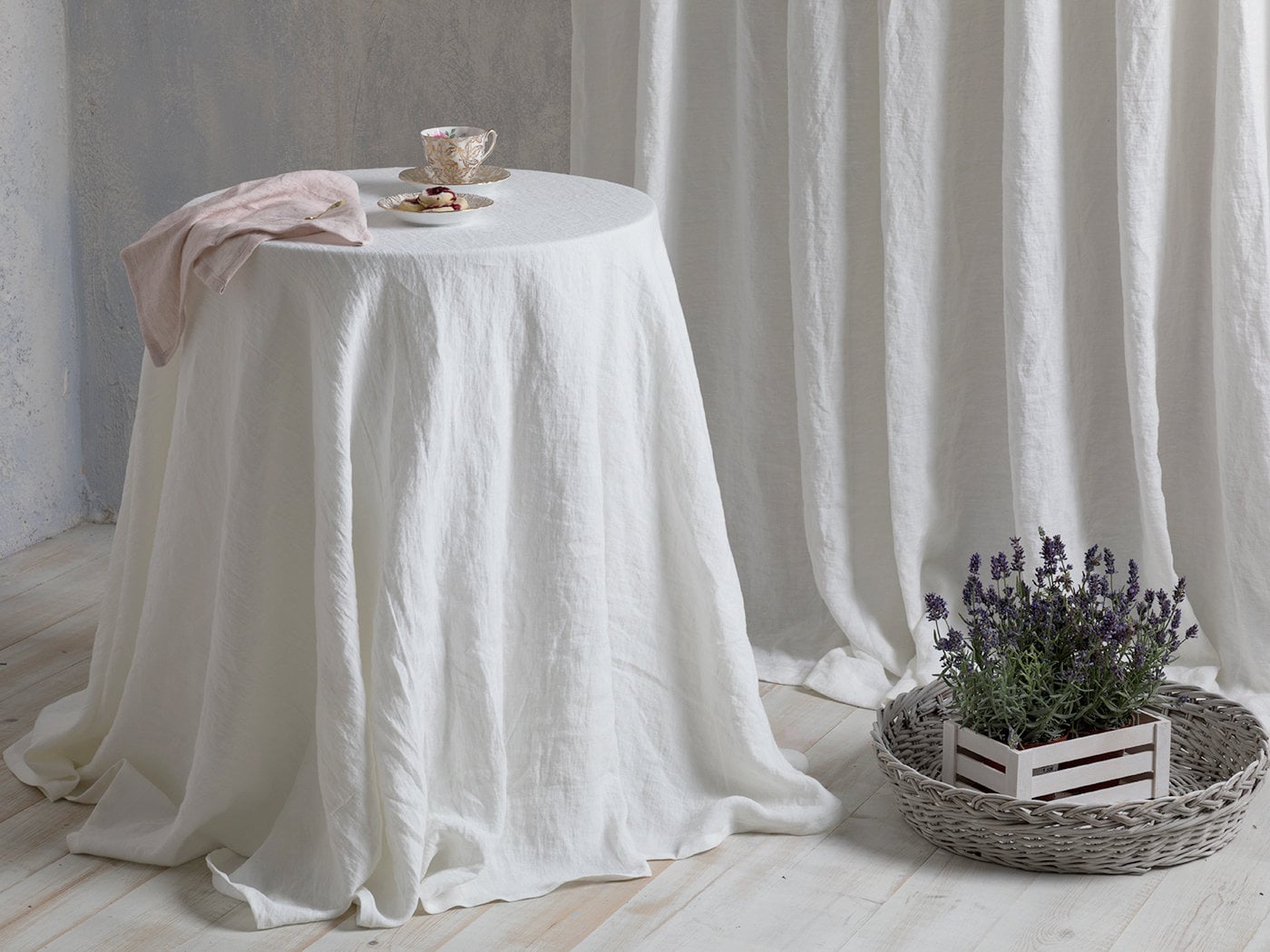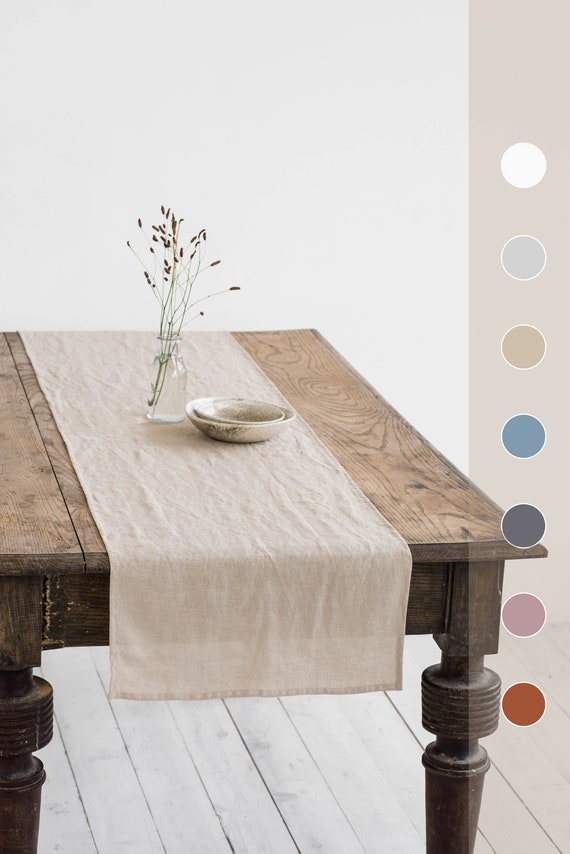Linen Textile Technologies: Discovering Modern Trends and Creative Applications in Layout and Fabric Market
From sustainable manufacturing techniques to advanced weaving innovations, the evolution of bed linen is reshaping the landscape of the fabric market. As we dive into the worlds of creative design applications and the introduction of bed linen blends and hybrid fabrics, a brand-new chapter unfolds in which bed linen's duty in future textile innovations takes center phase.
Sustainable Practices in Linen Manufacturing
Lasting practices in bed linen manufacturing have actually come to be progressively crucial in the fabric market's efforts to decrease ecological effect and advertise ethical sourcing methods. Linen, an all-natural fiber acquired from the flax plant, supplies a variety of benefits such as breathability, durability, and biodegradability. Nonetheless, typical methods of bed linen production can entail considerable water usage, chemical usage, and energy-intensive procedures.
To resolve these difficulties, many fabric makers are embracing sustainable methods throughout the bed linen production process. This consists of sourcing flax from natural farms that avoid hazardous pesticides and chemicals, applying water-efficient retting techniques to essence fibers from the flax stalks, and making use of environmentally friendly dyes and coatings. Furthermore, some business are buying renewable resource resources to power their manufacturing facilities and minimizing waste through recycling and upcycling efforts.
Technical Improvements in Bed Linen Weaving
With the expanding focus on lasting practices in linen manufacturing, the fabric market is currently observing a rise in technical advancements specifically focused on reinventing the art of linen weaving. These developments are reshaping the method linen materials are created, supplying boosted performance, top quality, and creative thinking in weaving strategies.
One of the crucial technical improvements in bed linen weaving is the combination of electronic looms. These sophisticated looms are geared up with software application that permits complex and complicated designs to be woven with accuracy. By digitizing the weaving procedure, makers can accomplish higher consistency and accuracy in their bed linen materials.
Moreover, developments in yarn spinning modern technology have enabled the manufacturing of finer and more durable bed linen threads - table cloths. This results in softer and smoother bed linen materials that preserve their high quality even after several uses and laundries
In addition, the advancement of green dyeing processes and coatings for bed linen fabrics is acquiring traction. These lasting methods not only lower the ecological impact yet likewise satisfy the boosting consumer need for morally generated textiles.
Creative Layout Applications for Linen
Innovative artistic techniques are increasingly shaping the innovative layout applications for bed linen in the textile industry. Linen's all-natural visual charm and capacity to blend with other materials make it a preferred selection for developing unique garments and accessories that cater to the eco aware customer.
Additionally, designers are explore bed linen in home decor, using its durable and breathable nature to craft elegant home furnishings such as drapes, bed linens, and upholstery. The texture and drape of linen bring a feeling of refinement and comfort to interior spaces, adding a touch of beauty to contemporary homes.

Bed Linen Blends and Hybrid Fabrics

Hybrid textiles, on the various other hand, take the concept of mixing a step better by including extra components such as metallic threads, recycled products, or conductive fibers. These ingenious textiles not just expand the style possibilities yet also present functional facets like conductivity, antimicrobial residential properties, or improved toughness. Hybrid textiles are increasingly being used in various markets, consisting of fashion, interior decoration, and technical fabrics, where the demand for multifunctional materials gets on the rise.
Linen's Duty in Future Textile Innovations

In the realm of future textile developments, linen is anticipated to be a principal in the growth of sophisticated functional materials. Designers and researchers are checking out means to boost bed linen's inherent qualities through technological developments, such as integrating wise textiles, nanotechnology, and performance surfaces. These developments aim to raise linen's performance characteristics, making it appropriate for a wider variety of applications, from activewear to protective clothes.
Furthermore, the combination his comment is here of bed linen with various other all-natural or synthetic fibers opens up limitless opportunities for developing unique textiles with distinct homes and performances. By leveraging linen's attributes and exploring cutting-edge blends, the fabric market is poised to present interesting advancements that cater to progressing customer requirements and sustainability demands.
Conclusion
To conclude, the expedition of sustainable practices, technical improvements, creative layout applications, bed linen blends, and its role in future fabric advancements highlight the constant advancement of linen material in the modern design and fabric market. With a concentrate on development and creativity, the convenience and green nature of linen make it a valuable product for developers and producers alike, leading the method for more advancements and advancements in the field of fabrics.
As we dig right into the realms of innovative design applications and the introduction of bed linen blends and crossbreed materials, a new chapter unravels in which linen's function in future fabric developments takes facility phase.
Exploring the read review blend of linen with other materials has actually led to the development of cutting-edge blends and crossbreed textiles in the modern textile sector. Bed linen blends offer an one-of-a-kind combination of the qualities of linen with those of other fibers, resulting in materials that possess enhanced properties my blog such as increased sturdiness, improved draping, and decreased wrinkling.The development of bed linen blends and hybrid materials has set the phase for Linen to play a pivotal role in driving future fabric innovations.In the realm of future textile advancements, bed linen is anticipated to be a vital player in the development of advanced practical materials.